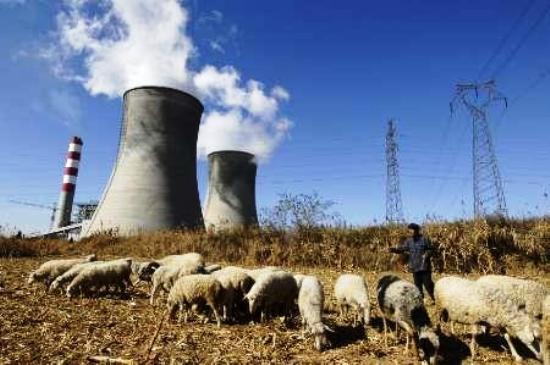
Your job sucks, but man, you work hard at it. Whether from a culture that views hard work as a virtue or from a work industry that makes unreasonable demands of its employees, the message remains the same: Work will set you free.
If only the cost to freedom was simply diligence.
For a 33 year-old Jiangxi man named Liu working for a company called Derchun Industries in Dongguan, hard work may have prompted a fatal end.
When Liu was found dead in his apartment on April 9, Liu’s family immediately suspected overwork to be the cause of death. As Guangzhou Daily reports, their suspicions are confirmed by Liu’s paycheck: in the time leading up to his death, Liu had worked a full 31 days in March and accumulated 190 hours of overtime.
RELATED: Shenzhen College Graduate Literally Works Himself to Death
Liu, neither a smoker or drinker, had been dead for three days before he was discovered when he failed to show up at work, something he had never done besides also never having been late. A developmental engineer, Liu was described as a model worker at the factory and if you ever wanted to know how that is defined at Derchun Industries, this was Liu’s typical work day:
- work 8am-12pm
- half hour off for lunch
- work 12:30-5:30pm
- have dinner for half an hour
- work 6-9:30pm
Yes, that’s 12 hours. Liu would do this every day; he is basically the equivalent of a cable news channel. Since he started working at Derchun in March of last year, Liu has never had a day off from work up until the day he died.
RELATED: 29 Guangdong Cops Died Last Year in Line of Duty,
21 from “Overwork”
A spokesperson for Derchun Industries expressed his condolences and promptly explained all this is what Liu would have wanted:
“This past March, Xiao Liu worked 190 hours of overtime; on this point, the company will not refute. But Xiao Liu had voluntarily worked overtime so as to correspond to factory production requirements. Also, every time Liu would work overtime, he would sign a company form stating that he was doing it voluntarily.”
Of course, this would mean that for the month of March alone, Liu signed 31 overtime request forms, causing suspicion that he may have died of tendinitis.
Even though cultural reforms in China have allowed young people to choose their own romantic interests, a common complaint often heard is “I’m too busy working to go on a date.” If cases like Liu’s are any indication, this would mean that Chinese are less prone to Skillex in nightclubs than dancing with the devil in the pale moonlight.
Photo: Guangzhou Daily
 Shenzhen will open its emissions trading exchange to foreign investors, making it the first of its kind in China, reports China Daily.
Shenzhen will open its emissions trading exchange to foreign investors, making it the first of its kind in China, reports China Daily.













